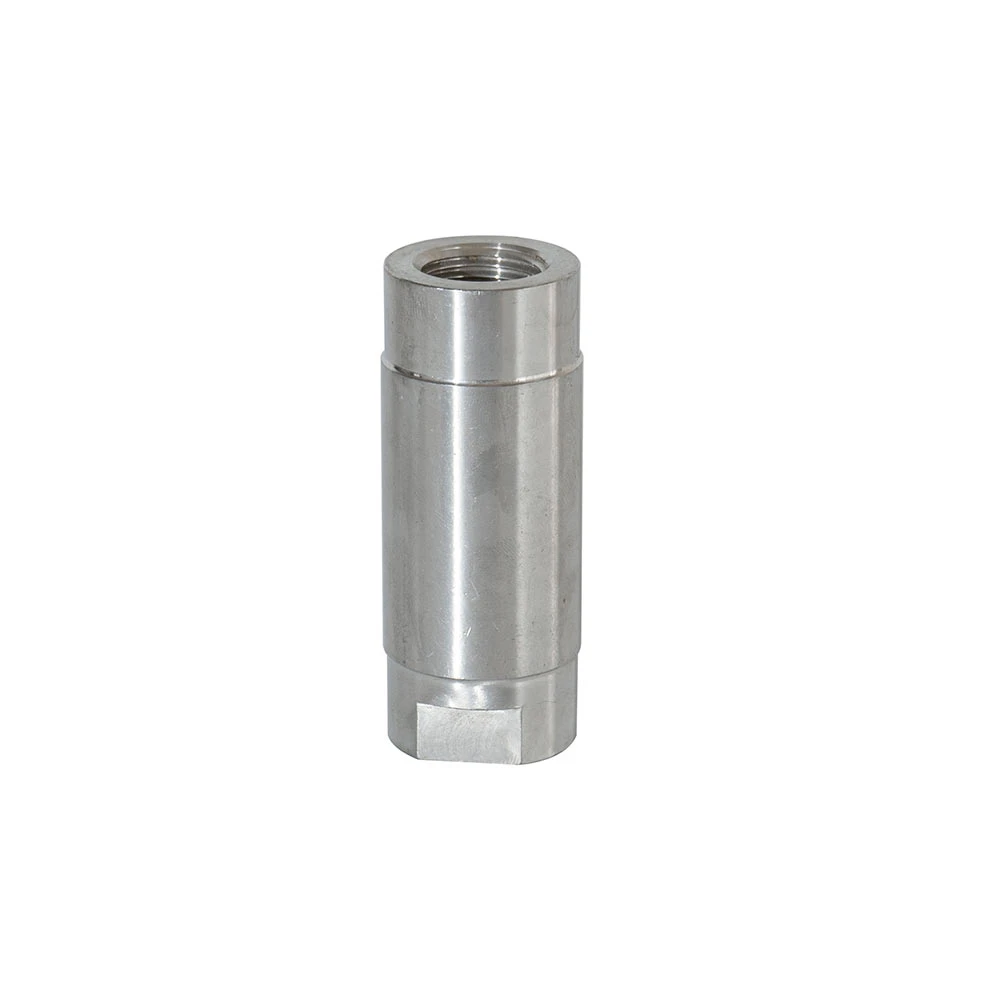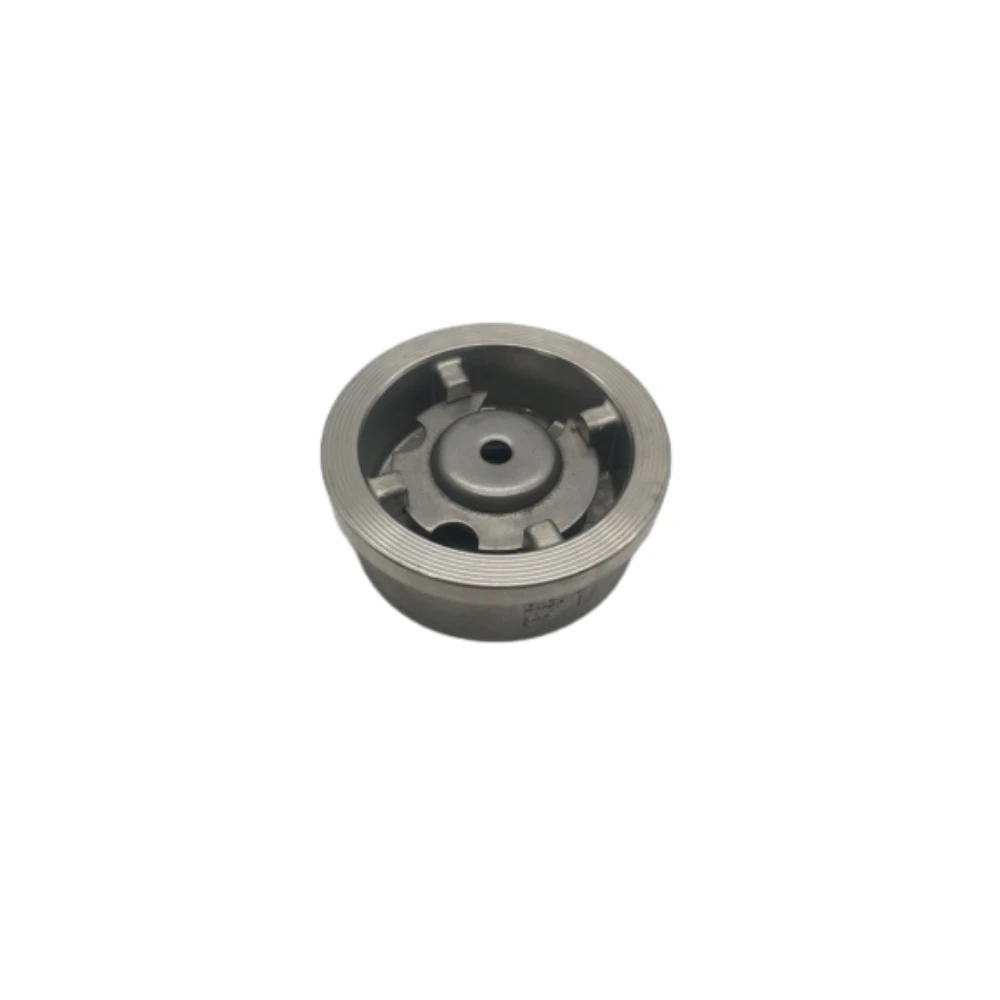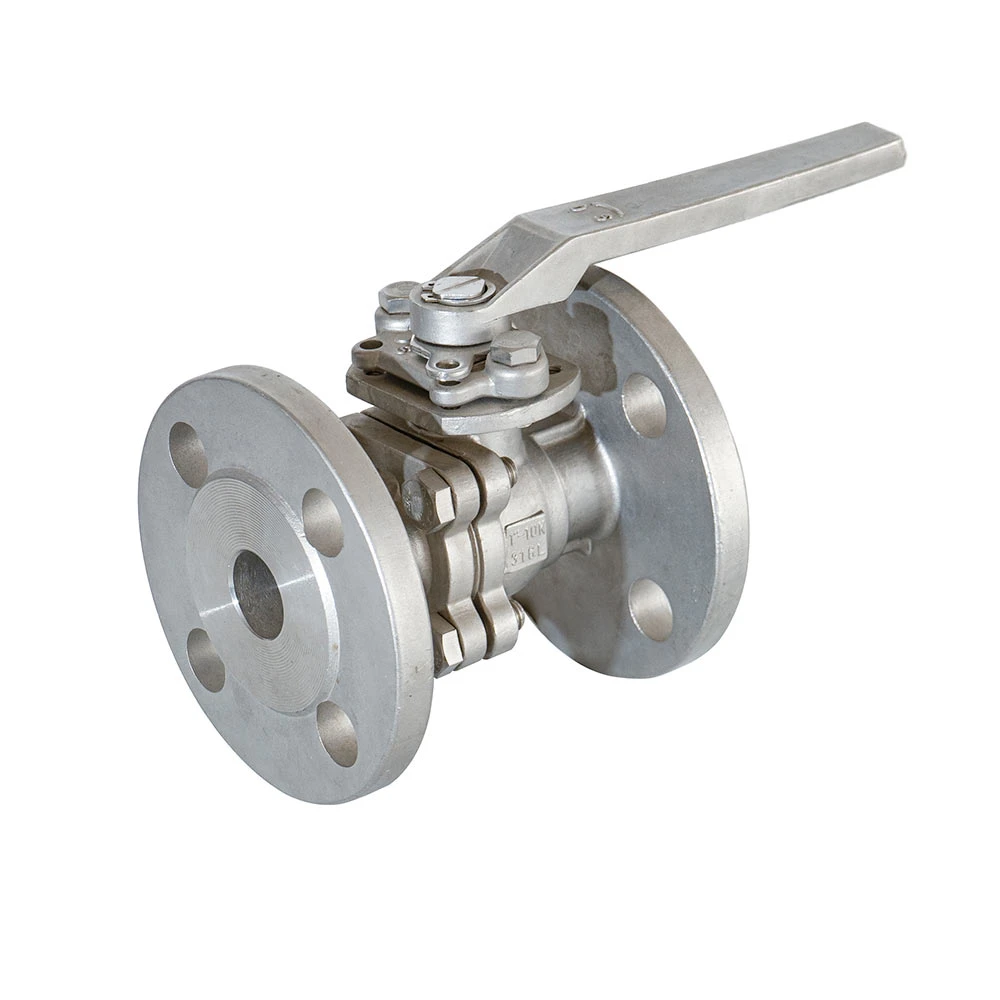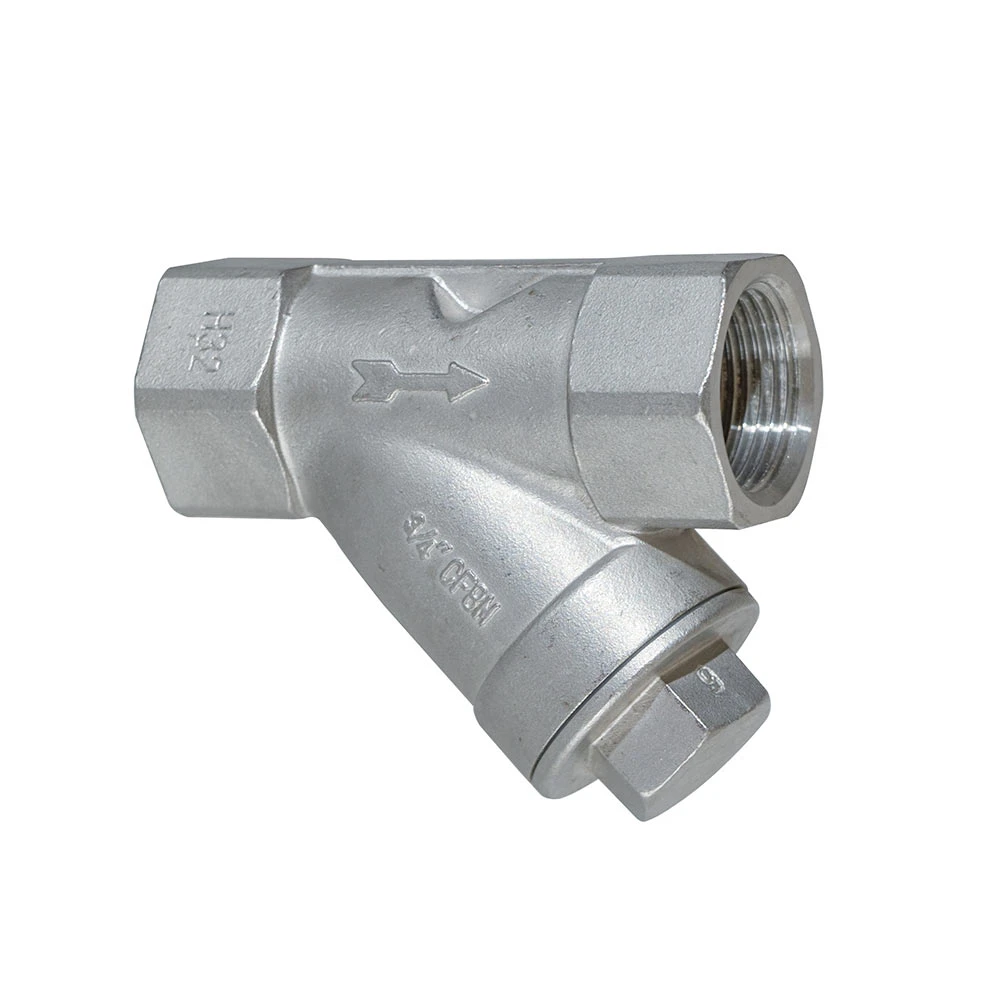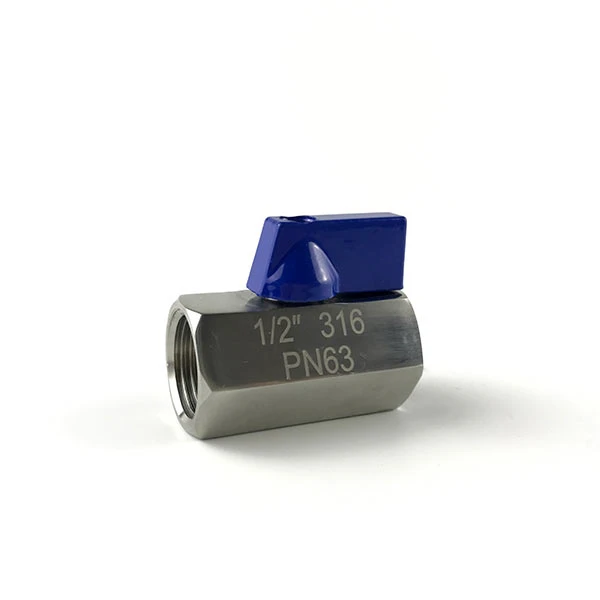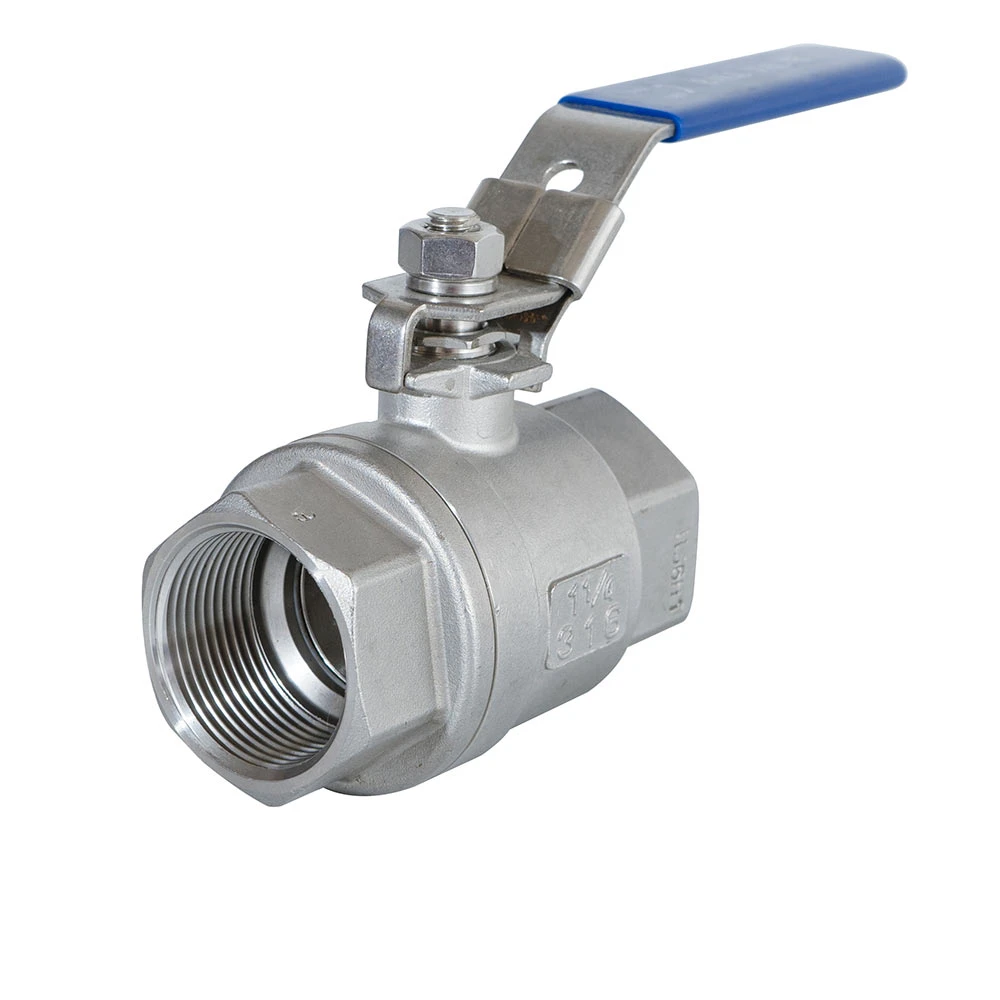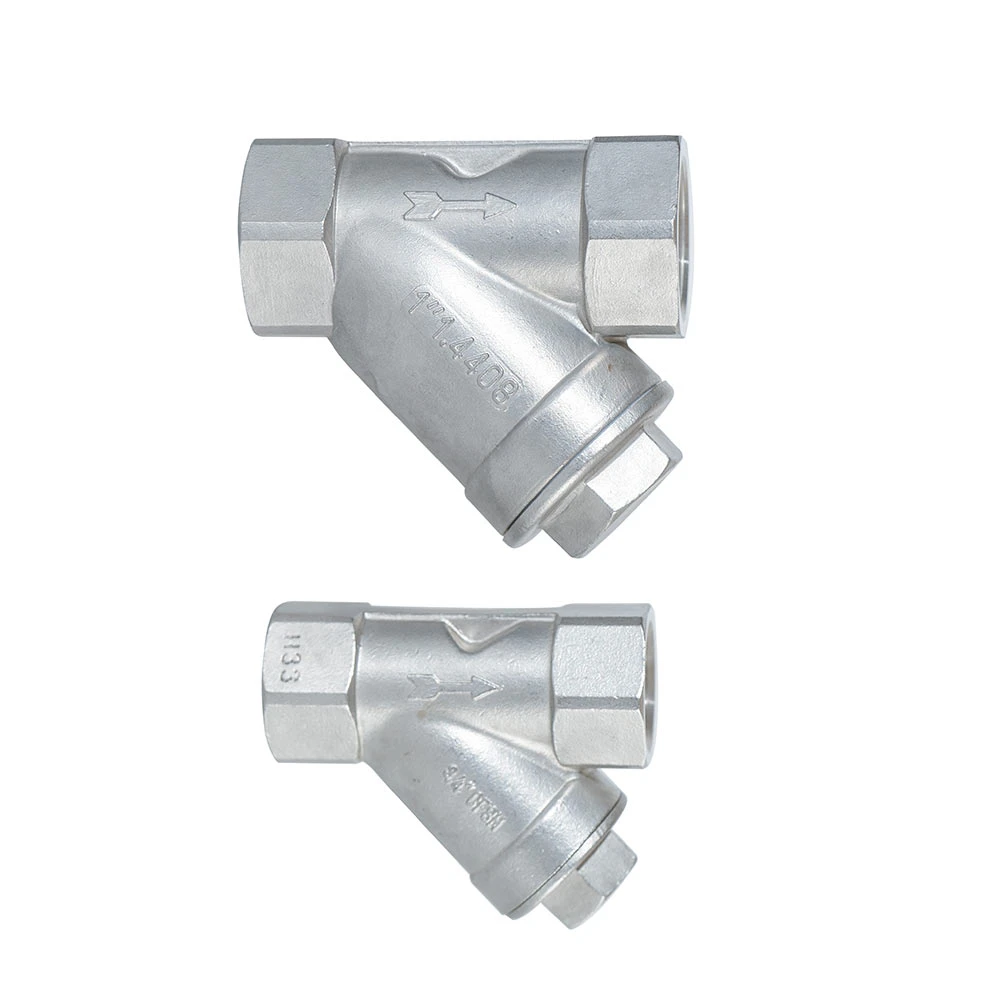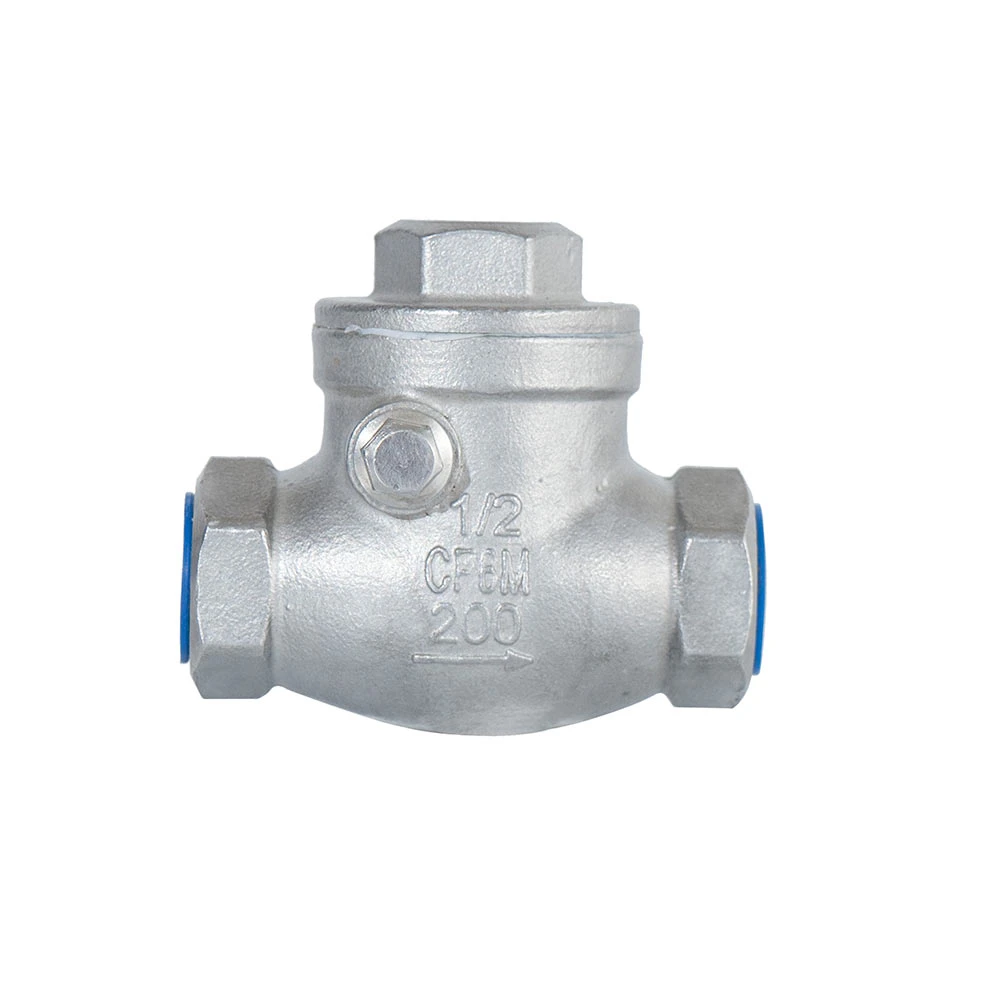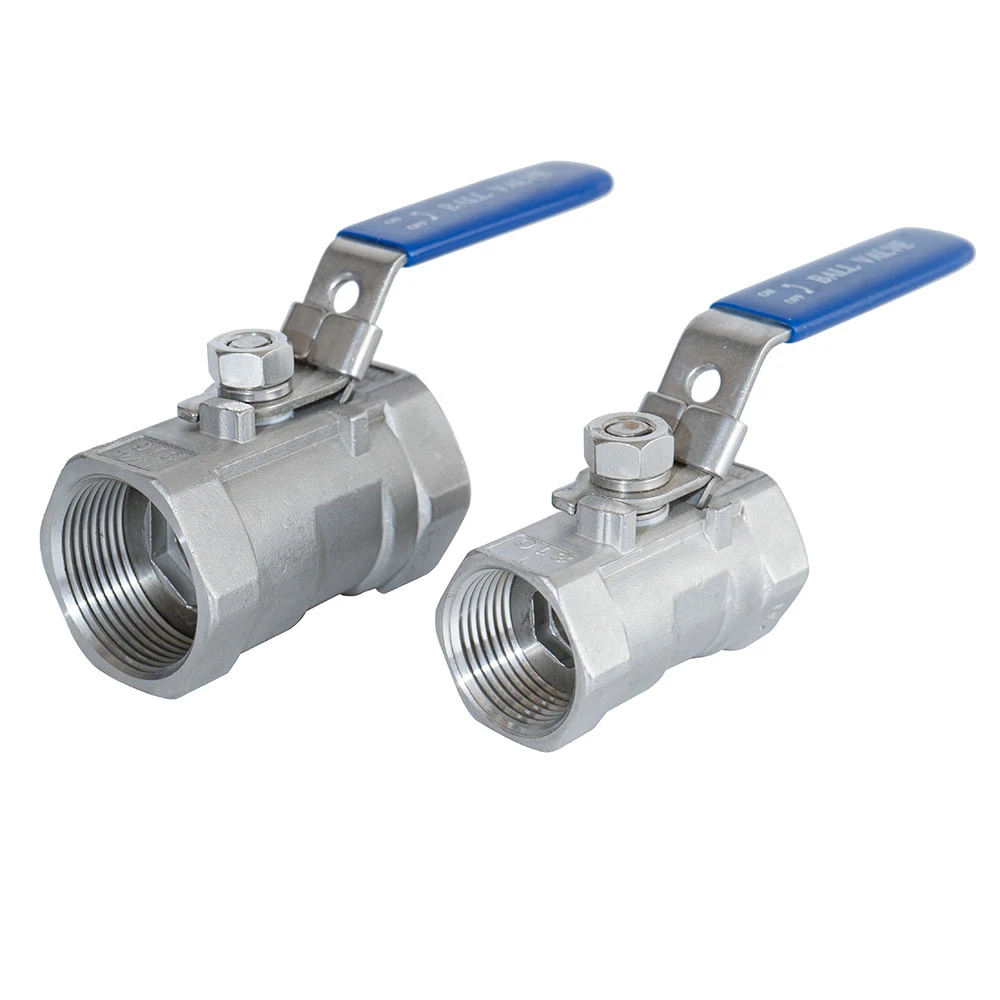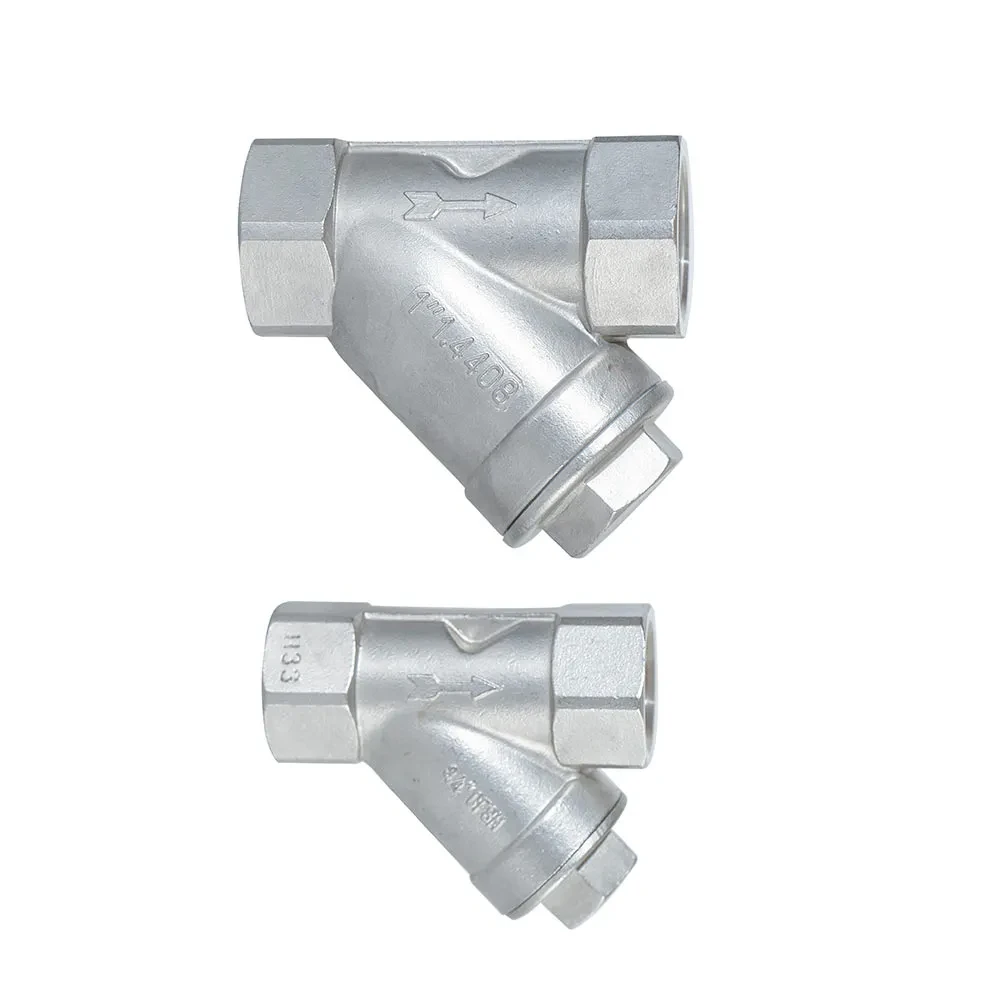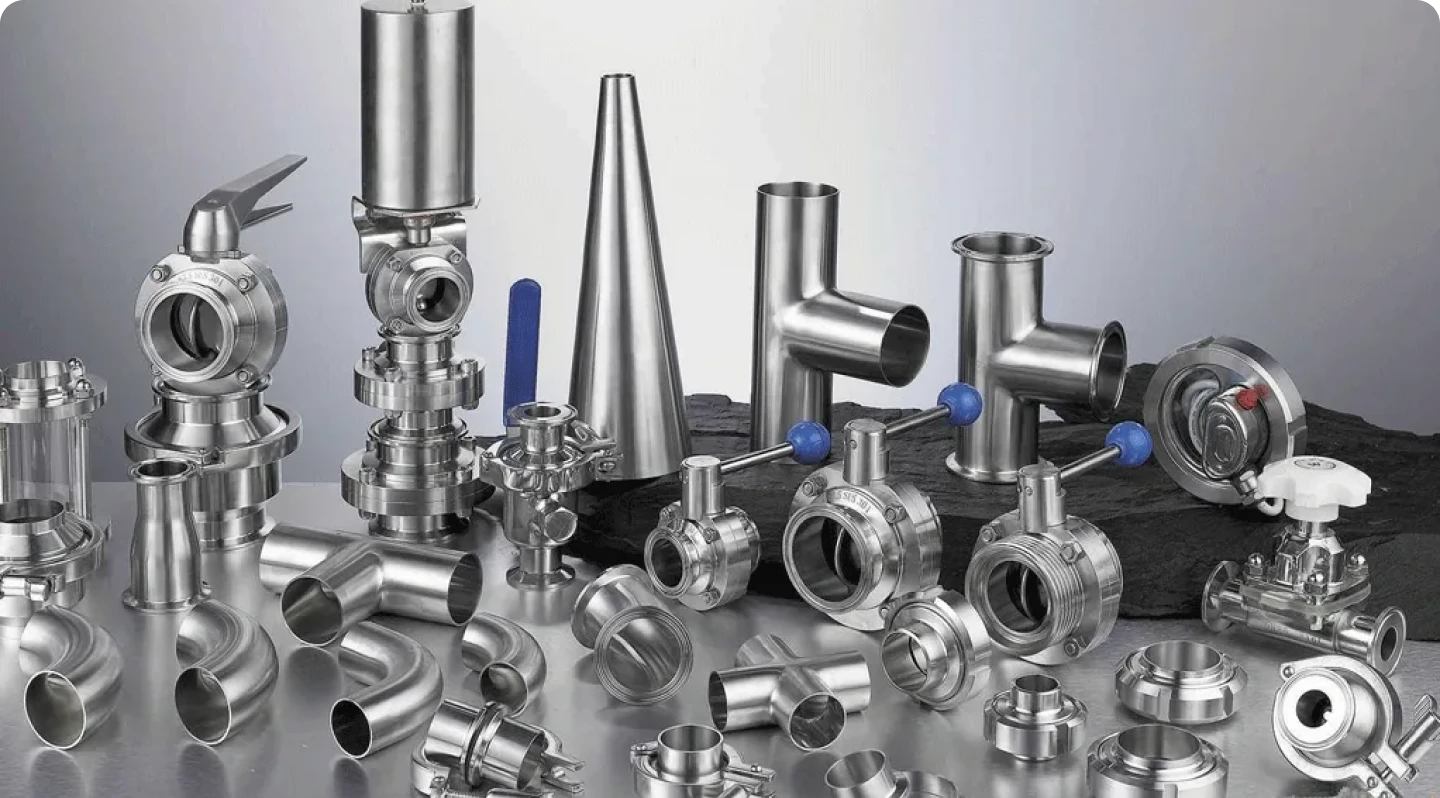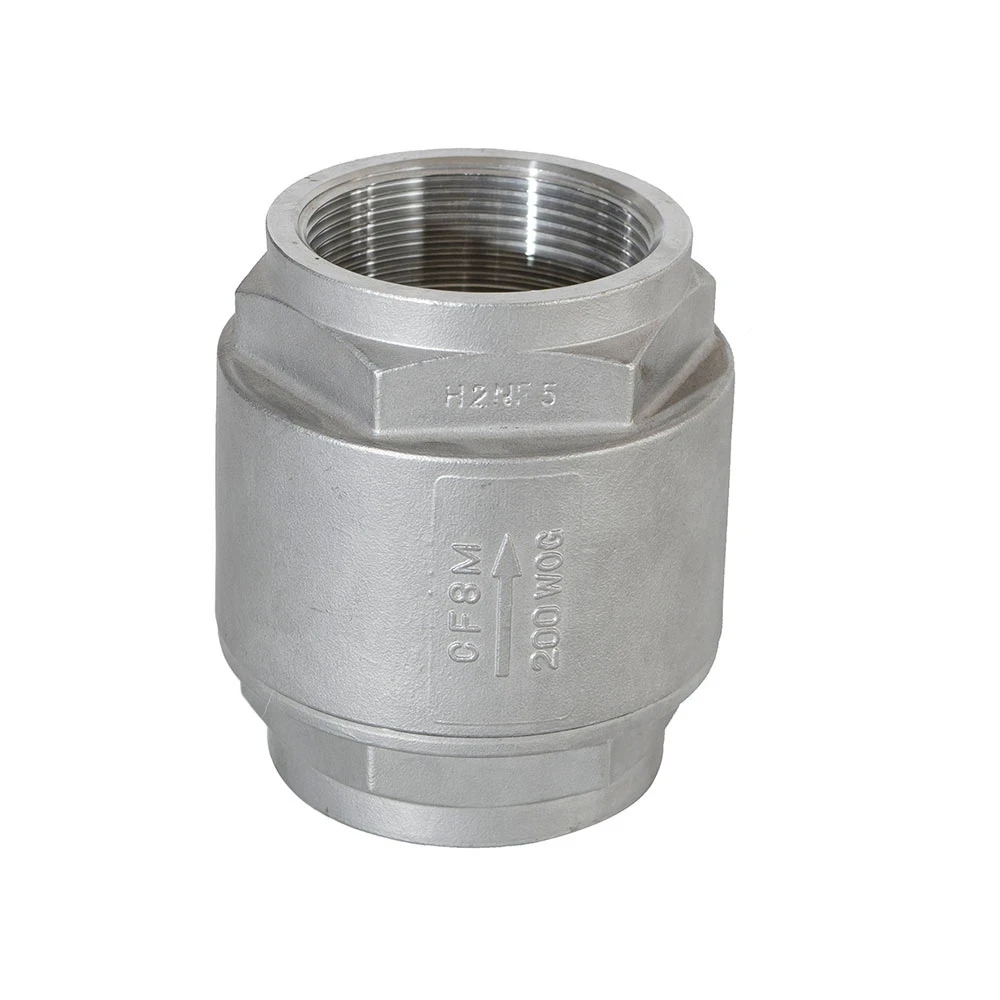- Fluid Dynamics Revolution: The Critical Role of Valve Disks
- Engineering Superiority: Breakthrough Features in Modern Disk Designs
- Manufacturer Comparison: Performance Metrics Analysis
- Customization Capabilities: Tailoring Solutions for Industry Needs
- Field Applications: Operational Success Stories
- Industry Impact: Quantifying Efficiency Gains
- Sector Transformation: Future Development Directions
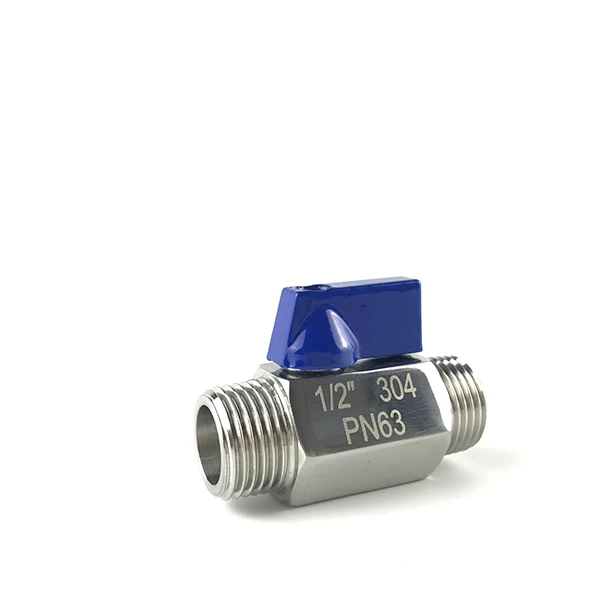
(check valve disk)
Fluid Dynamics Revolution: The Critical Role of Valve Disks in Modern Systems
Industrial fluid control systems depend on precision components that maintain unidirectional flow while preventing dangerous backflow incidents. At the heart of these systems, the check valve disk
serves as the decisive barrier against pressure reversals. Factories specializing in disk check valve production report 17% fewer system failures compared to conventional alternatives. Manufacturers engineering these components focus on solving three critical challenges: pressure differential management exceeding 1500 PSI, corrosion resistance in pH extremes from 2-13, and zero-leakage performance during 100,000+ cycle endurance tests. Production facilities increasingly adopt automated optical inspection systems, reducing tolerance deviations to within ±0.0005 inches - a precision threshold impossible through manual machining.
Engineering Superiority: Breakthrough Features in Modern Disk Designs
Contemporary disk check valve manufacturers deploy advanced polymer science and computational fluid dynamics to overcome traditional limitations. Vespel®-infused polyimide composites now withstand continuous 500°F operational temperatures while maintaining seal integrity, representing a 42% improvement over PTFE. Leading factories implement diamond-edge machining for sealing surfaces, achieving Ra 0.1 µm surface finishes that reduce wear coefficients by 31%. The revolutionary "tilt-and-seal" geometry incorporated in premium valves decreases water hammer impact forces by 68% compared to swing designs. Third-party verification confirms these disks maintain 99.98% bubble-tight seals after 5 years of continuous service in refineries - a benchmark previously considered unattainable.
Industrial Benchmarking: Global Manufacturer Comparison
| Performance Metric | Standard Units | Premium Manufacturer A | Industrial Supplier B | Economy Producer C |
|---|---|---|---|---|
| Cycle Lifespan | Operations (millions) | 2.1 | 1.3 | 0.7 |
| Temperature Tolerance | °F (°C) | -328 to +600 (-200 to +315) | -40 to +400 (-40 to +204) | +32 to +300 (0 to +149) |
| Crack Pressure | PSI (bar) | 0.15 (0.01) | 0.87 (0.06) | 2.9 (0.2) |
| Chemical Resistance | ASTM Rating | G-197 (Excellent) | G-134 (Good) | G-92 (Fair) |
The data reveals significant performance differentials among producers. Premium disk check valve manufacturers invest in isostatic pressing techniques that yield uniform grain structures. This metallurgical advantage manifests in laboratory testing where Model XT-7 disks sustained 2.4 million cycles before replacement necessity emerged. While economy-grade alternatives offer initial cost savings, life-cycle analysis shows premium options deliver 74% lower operational expenses over a decade.
Customization Capabilities: Tailoring Solutions for Industry Needs
Specialized disk check valve factories now provide application-specific engineering that transforms generic components into performance-optimized solutions. For offshore drilling operations, manufacturers develop titanium-hybrid disks with negative buoyancy characteristics that prevent seabed sediment accumulation. Semiconductor fabricators utilize ultrapure PEEK variants certified to Class 0.1 cleanliness standards, eliminating particulate shedding concerns in vacuum chambers. The most advanced producers maintain proprietary material libraries covering 47 specialized compounds - including electrically conductive grades for electrostatic discharge protection and magnetic alloys for position verification. This custom approach achieves installation-specific pressure drop reductions ranging from 22-63% across documented applications.
Field Applications: Operational Success Stories
Geothermal power installations in Indonesia demonstrate the real-world efficacy of specialty disk designs. After retrofitting turbine inlet systems with advanced nickel-chromium disks, the Salak Complex reported 19 fewer emergency shutdowns annually - equating to $3.2 million in recovered revenue. Pharmaceutical manufacturers cite a 3.4-log reduction in sterility assurance violations after implementing crevice-free disk geometries that eliminated biofilm accumulation zones. Perhaps most impressively, Petrobras documented corrosion-related valve replacements decreasing from 117 to 9 units per annum across their Marlim platform after adopting nitrogen-infused duplex steel disks. This 92% improvement directly enhanced operational safety metrics.
Industry Impact: Quantifying Efficiency Gains
The technological evolution within the disk check valve sector generates measurable productivity dividends. Power plants utilizing enhanced backflow preventers demonstrate 3.1% average efficiency gains in steam cycle operations. Pipeline operators report compression energy requirements diminishing by 17% after upgrading to low-cracking-pressure disks. Food processing facilities reduced sanitation cycle durations by 52 minutes daily after eliminating mechanical traps where pathogens proliferated. These documented improvements explain why industrial consumers willingly pay 35-80% premiums for cutting-edge valve solutions despite existing budget constraints.
Sector Transformation: Future Development Directions for Disk Check Valve Technology
Forward-looking disk check valve manufacturers currently pioneer four revolutionary trajectories: smart monitoring integration, nanotechnology enhancements, extreme-environment adaptations, and sustainability innovations. Research facilities are embedding RFID sensors directly into polymeric matrices, enabling real-time wear monitoring without compromising structural integrity. Laboratory prototypes featuring graphene-reinforced composites achieve 41% greater strength-to-weight ratios than current aerospace alloys. Factories in development will produce disks capable of enduring Venus-equivalent surface conditions (850°F at 92 bar) for deep geological applications. Simultaneously, material scientists advance biodegradable yet high-strength compounds derived from modified cellulose fibrils, targeting 95% landfill reduction within two product generations. These converging advancements ensure disk check valves remain pivotal components enabling industrial fluid management evolution.
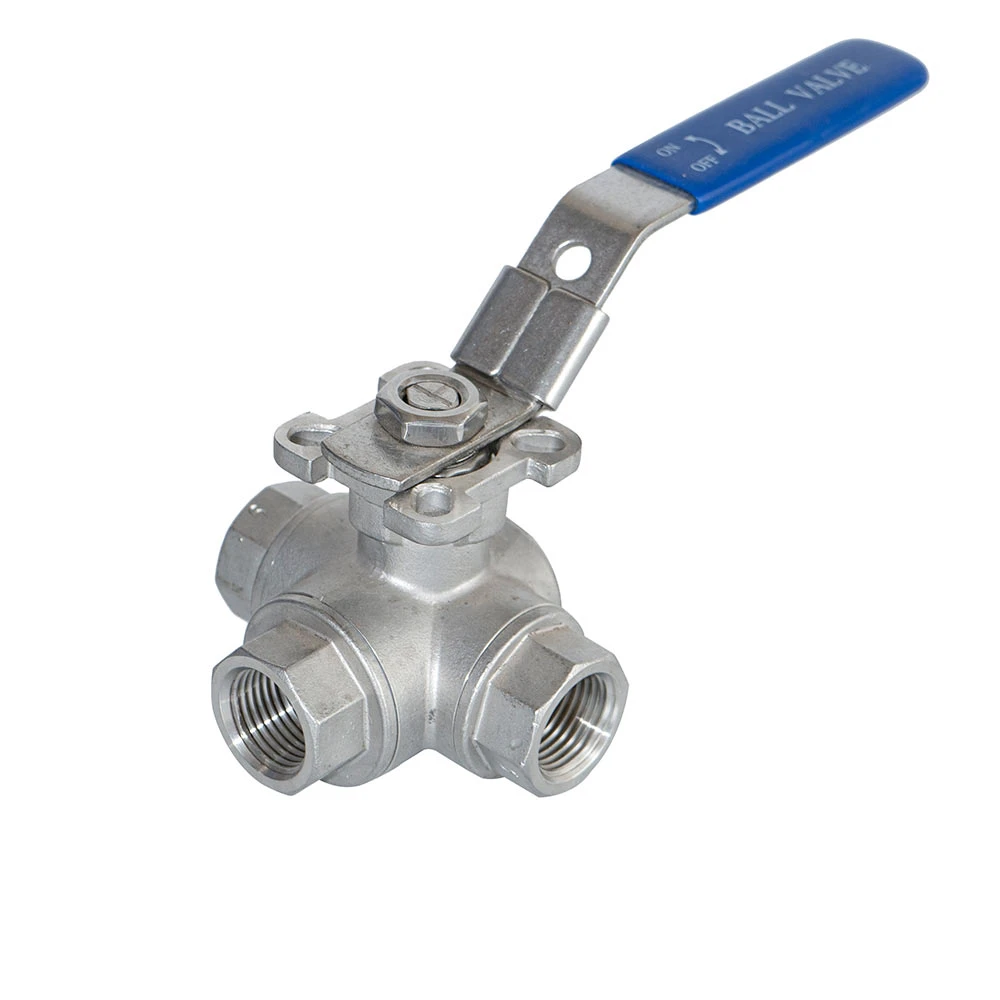
(check valve disk)
FAQS on check valve disk
Q: What is a disk check valve used for?
A: A disk check valve prevents reverse flow in pipelines. Its spring-loaded disk seals tightly against the valve seat to block backflow. This protects equipment and ensures unidirectional fluid movement.
Q: Why choose a disk check valve over other types?
A: Disk check valves offer quick response to flow changes due to their lightweight design. They minimize pressure drop and are ideal for high-velocity applications. Their compact structure also saves installation space.
Q: How to select a reliable disk check valve manufacturer?
A: Verify manufacturers' certifications like ISO 9001 and API standards. Assess their material selection processes and testing protocols for disk durability. Review client project histories in similar industrial sectors.
Q: What industries use disk check valves most frequently?
A: Oil and gas pipelines rely on them for preventing backflow in pumping systems. Chemical processing plants use corrosion-resistant versions for aggressive media. They're also essential in power generation and water treatment facilities.
Q: What quality tests should a disk check valve factory perform?
A: Factories must conduct pressure integrity tests under ANSI/ASME standards. They should validate disk sealing performance with nitrogen bubble tests. Production batches require material chemistry verification and cyclic endurance testing.

